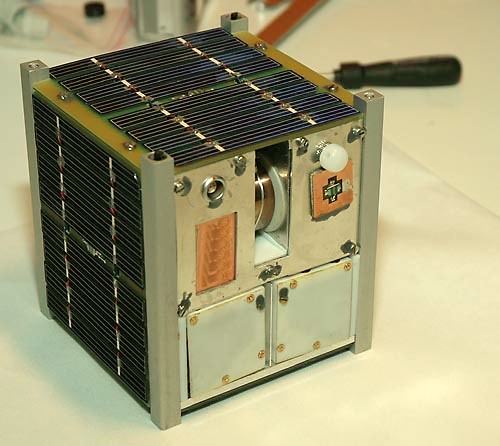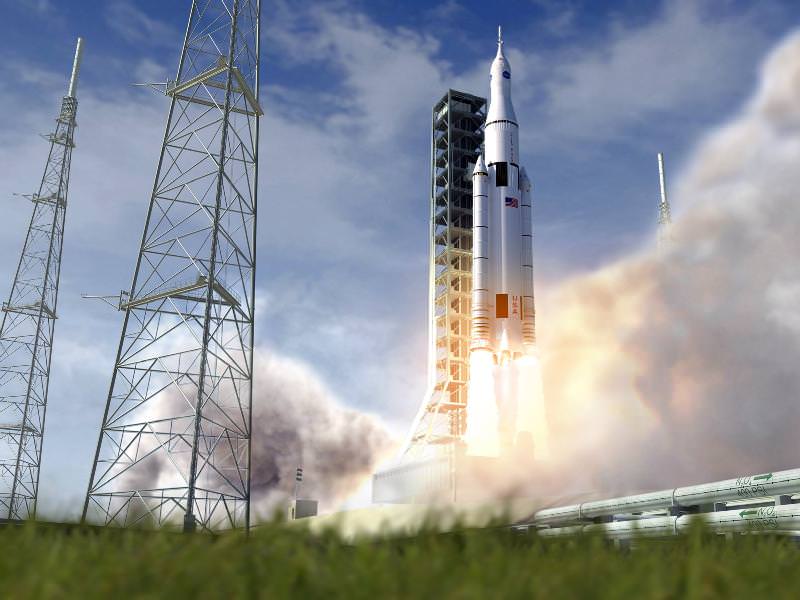As the space community counts down the days to the long-awaited Dec. 4 uncrewed launch of the Orion spacecraft — that vehicle that is supposed to bring astronauts into the solar system in the next decade — NASA is already thinking ahead to the next space test in 2017 or 2018.
Riding atop the new Space Launch System rocket, if all goes to plan, will be a suite of CubeSats that will explore the Moon as Orion makes its journey out to our largest closest celestial neighbor. NASA announced details of the $5 million “Cube Quest” challenge yesterday (Nov. 24).
CubeSats are tiny satellites that are so small that they are often within the reach of universities and similar institutions that want to perform science in space without the associated cost of operating a huge mission. The concept has been so successful that some companies are basing their entire business model on it, such as Planet Labs — a company that is performing Earth observations with the small machines.

The competition will be divided into several parts, including a ground tournament to see if the CubeSats can fly on the SLS, a lunar derby to ensure they can communicate at a distance of 10 times the Earth-moon distance, and a deep-space derby to put the CubeSat in a “stable lunar orbit” and work well there.
“The Cube Quest Challenge seeks to develop and test subsystems necessary to perform deep space exploration using small spacecraft. Advancements in small spacecraft capabilities will provide benefits to future missions and also may enable entirely new mission scenarios, including future investigations of near-Earth asteroids,” NASA stated.
For more details on the competition, check out this link.


Launching the cheapest satellites on the most expensive rocket ever built… So, the first test flight will carry an empty Orion and aim cubesats for Lunar orbit will it? They don’t manufacture any engines for the SLS, and they just have 16 of the old space shuttle engines in storage. Since every SLS launch consumes four of them, that limits the total possible number of launches of the SLS to four.
Right, with only 16 shuttle era engines available and one of them needs a major overhaul before reuse and all of them need new flight controllers, after they are used up what then? Is there a new engine in the design or testing phase? Plans to ‘soft land’ the booster at sea?
Hey, let’s not destroy the xmas spirit. Let’s all be as enthusiastic as our UT bloggers here, close your eyes and shout: hurray hurray hurray!
FALA: “the first test flight will carry an empty Orion and aim cubesats for Lunar orbit” … My understanding is that this first test flight will NOT carry cubesats, nor will it even get to the moon. Rather, these would be carried on “the next space test in 2017 or 2018.”